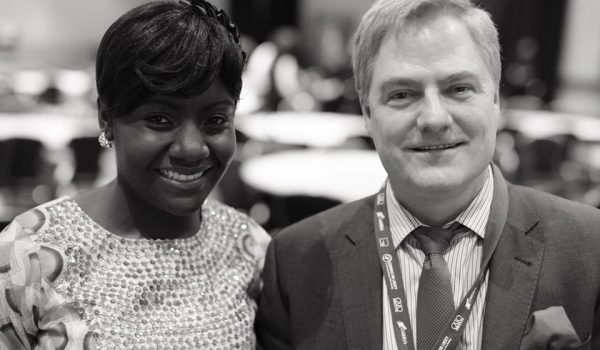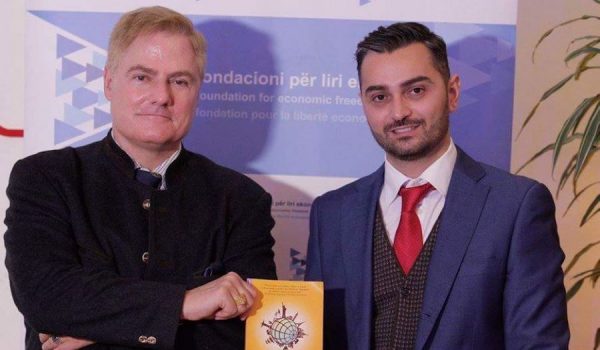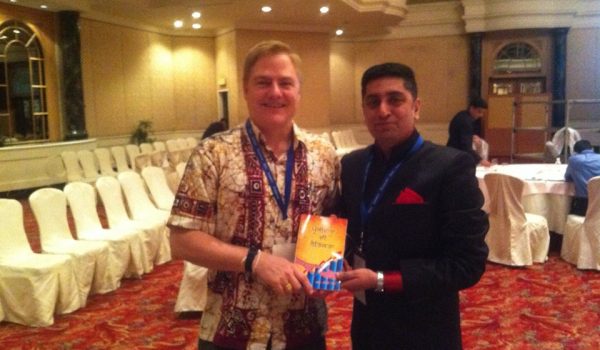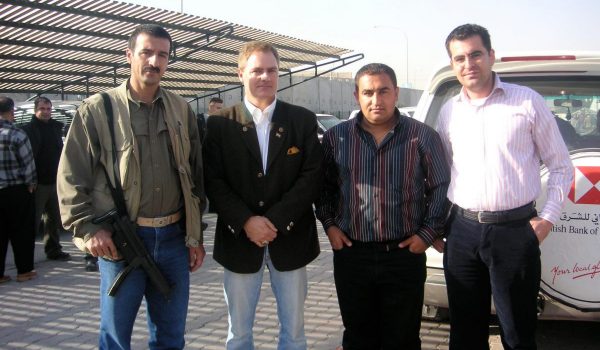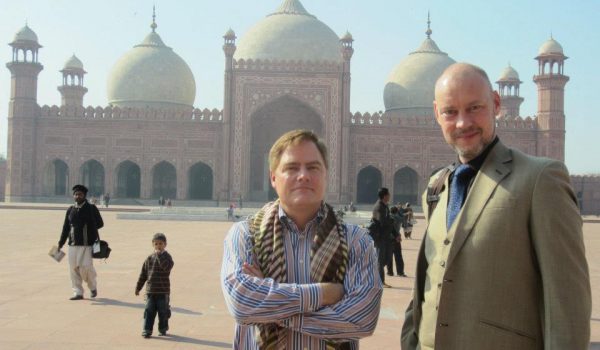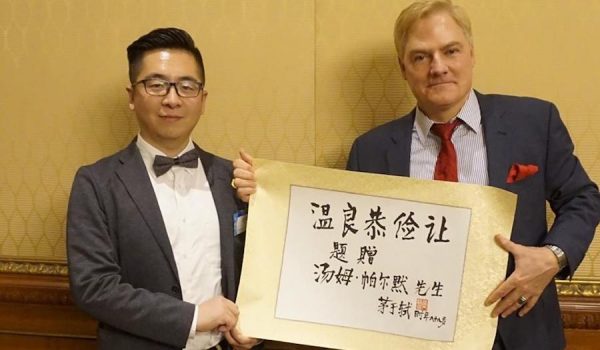Given the astonishing and sweeping historical claims made in the debate over gay marriage, it’s worth looking at what serious historical investigators have to say about homosexuality and romance. (Historical knowledge is not a strength of the anti-marriage forces, who write about “the centuries-old, generations-tested institution of marriage as the sacred union of one man and one woman,” showing that they’ve never heard of polygamy, which has been a fairly common form of marriage over those centuries.)
I recently read Graham Robb’s excellent Strangers: Homosexual Love in the Nineteenth Century and found it well balanced, informative, and witty, to boot. One of the things I learned from the first few pages is that homosexuality has been on the increase for over a thousand years:
“This sin is now so frequent that no one blushes for it any more, and many indulge in it without perceiving its gravity.” — St. Anselm, 1102
“We have but too much Reason to fear, that there are Numbers yet undiscover’d, and that this abominable Practice gets Ground ev’ry Day.” — ‘Plain Reasons for the Growth of Sodomy in England,’ in Satan’s Harvest Home, 1749
“The question of homosexuality hovers over society like a ghostly scarecrow. In spite of all the condemnation, the number of perverts seems to be on the increase.” Alfred Adler, Das Problem der HomosexualitÃ?Â?Ã?¤t, 1930
Etc., etc., etc.
Robb’s book draws on a multitude of sources to paint a more accurate picture of the lives of homosexuals in the past. He uses diaries, letters, court records, newspaper accounts, novels, paintings, poems, and more. In the process he effectively undermines the claim, associated with Michel Foucault, that homosexuality is a “social construct” that was unknown before 1870, when a doctor in Berlin decided to study the phenomenon. The accounts and evidence that Robb presents are sometimes very amusing or even funny, sometimes shocking (as evidence of hatred and brutality), and sometimes remarkably touching. One thing his book is not is a forced search through the rubble of history to find examples of famous gay people (Shakespeare! Abraham Lincoln!, and so on). It’s a serious examination of the evidence that deserves serious attention.
I’m currently about one-third of the way into Louis Crompton’s Homosexuality and Civilization, from which I am learning a great deal. Like Robb’s book, Crompton’s is a serious work of scholarship, but with a much wider focus. The material in the chapters on the classical world was not entirely new to me, although it was more systematically presented than any I’ve seen before. The treatment of Judea and of the late Roman world and of early Christianity and the Dark Ages was, however, largely new to me. The work is quite engrossing and, like Graham Robb’s work, undercuts many of the sillier claims of the anti-marriage forces today. (I should point out that Crompton criticizes the work of John Boswell on early Christianity and homosexuality and finds it wanting, but provides abundant detail of widespread social acceptance of homosexuality in pre-Christian Europe.) Crompton also deals with the Arabic world, Japan, and other regions and cultures that provide documentation, but I’ve not yet gotten that far into the book. There is treatment of the Mayans, but only through the eyes of their Spanish conquerors. I recall reading Michael D. Coe’s excellent Breaking the Maya Code, which tells the exciting story of the decipherment of the Mayan writing system, and being struck by this description of the exploration of the murals of Naj Tunich: “The cavern walls, lit by their flashlights and photographic equipment, had many other surprises, not the least of which were realistic homoerotic encounters.” [p. 238])
Homosexuals have been with us from the dawn of time, not just having sex, but falling in love and sharing their lives together. Isn’t it time that the romantic lives of gay people be accorded respect?




